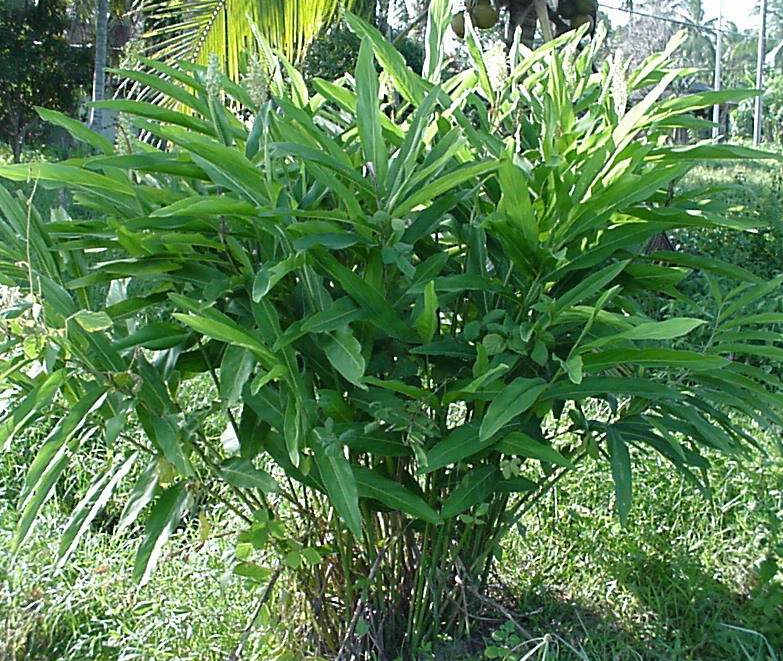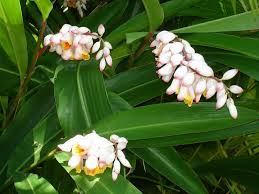[1] A Complete English Dictionary
of Medicinal Terms in Chinese Acupuncture and Herbalism 1981- Henry Lu Chinese
Foundations of Natural Health- The Academy of Oriental Heritage, Vancouver,
Canada.
[2] Medicated Diet of Traditional Chinese Medicine- Chief Editor- Hou Jinglun.
Associate Editors- Zhao Xin, Li Weidong, Liu Jianxin, Geng Chun-e, Li Guohua,
Li Shaohua. Geijing. Science & Technology Press 1994. ISBN 7-5304-1735-5/R.
309.
[3] Translation notes from Gary Seiford and Hocu Huhn- NSW College of Natural
Therapies. Sydney Australia.
Images
1.
especialcancer.com
2.
k.sina.cn
3.
globinmed.com Alpinia
officinarum. 高
良 姜 Gāo
liáng jiāng Lesser
galangal Family: Zingiberaceae
Alpinia
officinarum. 高
良 姜 Gāo
liáng jiāng Lesser
galangal Family: Zingiberaceae
